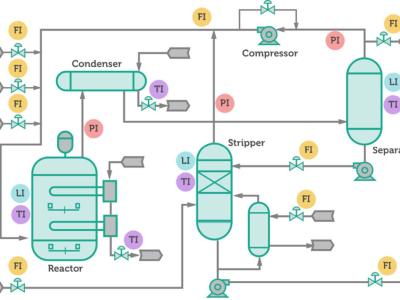Odor-regulated driving excitement in the EEG data set

- Citation Author(s):
-
Xuan Dong
- Submitted by:
- xuan dong
- Last updated:
- DOI:
- 10.21227/a3sp-m529
 219 views
219 views
- Categories:
- Keywords:
Abstract
Driving excitement may lead to speeding and serious traffic accidents. Although olfactory stimulation has been proven to be effective in regulating human emotions, the mechanism driving excitement is still unclear. This study aims to explore the regulatory effects of different arousal and valence levels of odors (mint, rose, banana, and musk) on driving excitement, deepening our understanding of the relationship between drivers emotions and driving experience. By analyzing the frequency domain and time-frequency characteristics of EEG signals in alpha and gamma waves and combining them with the subjective feelings of the participants, we investigated the effect of odor on the regulation of driving excitement. The results show that, compared with odorless regulation, the banana odor significantly reduces the arousal level of driving excitement in the participants, with a reduction rate of 50.64%. This reduction leads to a moderately aroused positive emotion, which aligns with the optimal emotional state for driving and demonstrates a high level of regulation. However, the odors of mint, rose, and musk have no significant effect on driving excitement, and the participants still exhibit a highly aroused positive emotion with a low level of regulation. Therefore, this study holds significant guiding implications for the design of odor in the vehicle-mounted fragrance system to regulate driving excitement, thereby providing drivers with a safer and more comfortable driving experience.
Instructions:
The EEG data set for odor-regulated driving excitement contains the EEG data of all subjects before and after odor regulation in baseline driving and standardized driving tasks.








In reply to Interesting research area,, by Shiva Rasouli